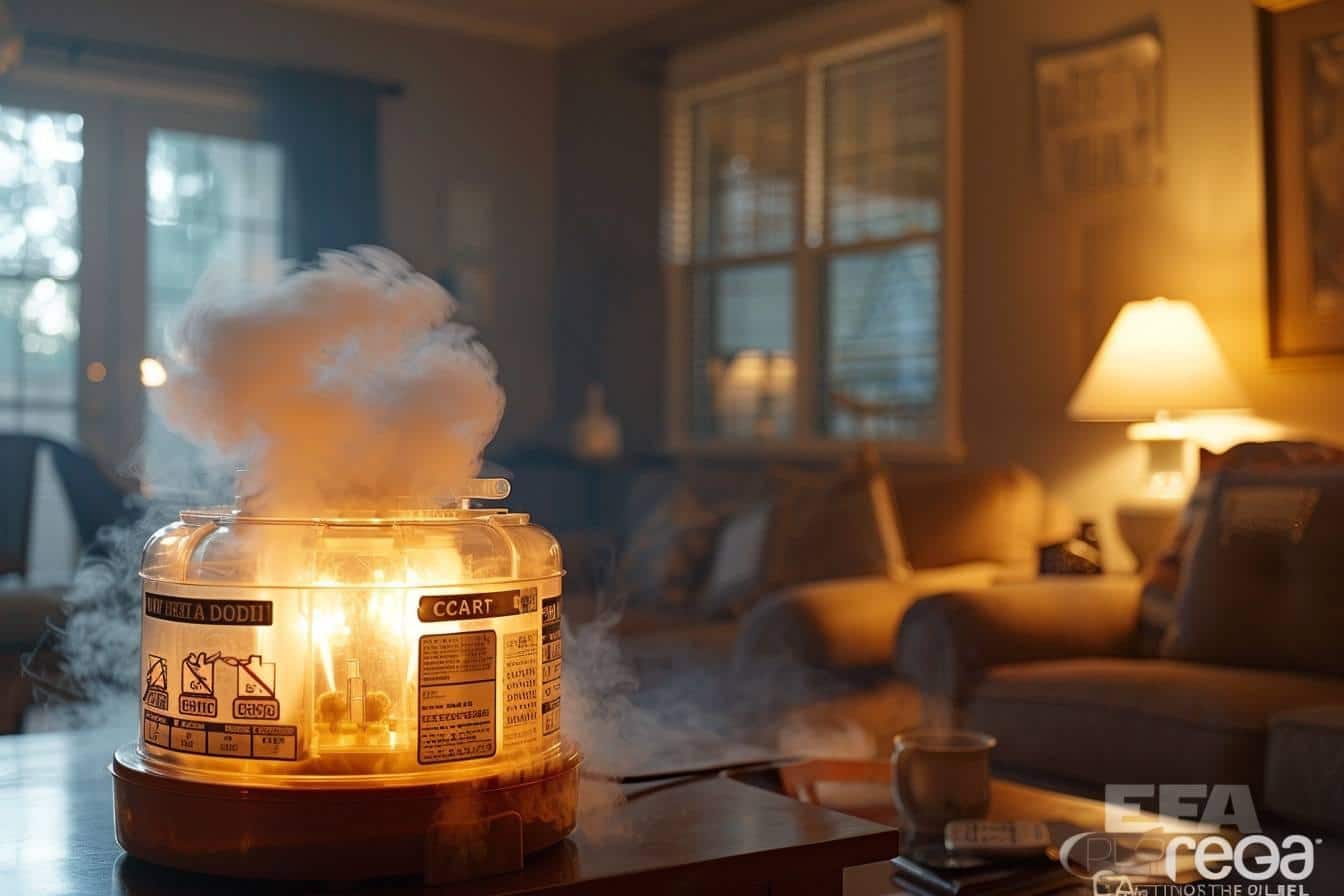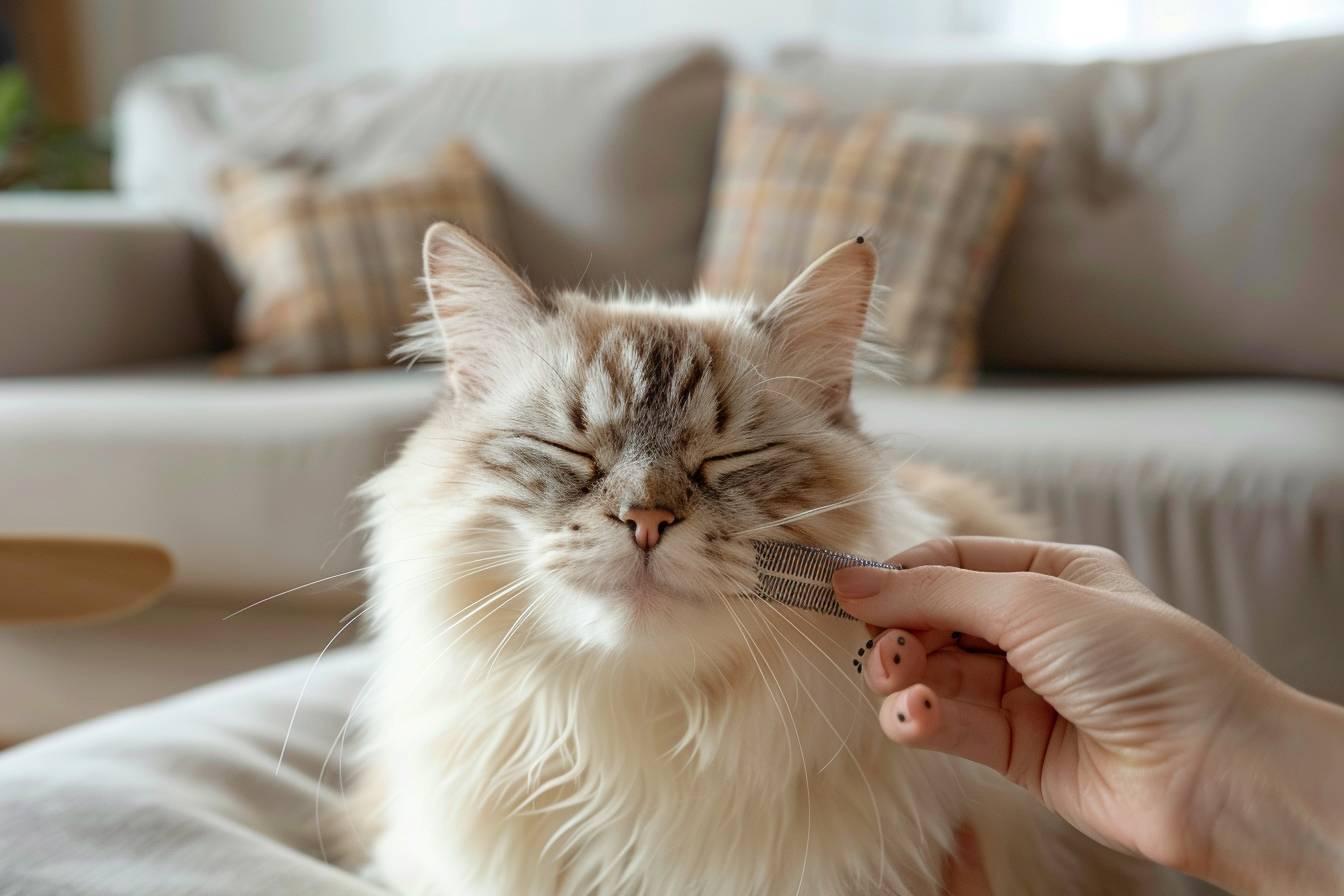Discovering fleas in your home can be a distressing experience. These tiny, agile pests not only cause discomfort to humans and pets but can also quickly multiply, leading to a full-blown infestation. Dealing with a flea problem requires swift action and a comprehensive approach. This article will guide you through effective strategies to rid your house of fleas and prevent future infestations.
Identifying and understanding the flea problem
Before tackling a flea infestation, it’s crucial to understand the enemy you’re dealing with. Fleas are small, wingless insects that feed on the blood of mammals and birds. They’re known for their exceptional jumping abilities, which allow them to move quickly between hosts and surfaces.
Common signs of a flea infestation include :
- Pets scratching excessively
- Small, dark specks (flea dirt) in pet fur or on carpets
- Tiny, fast-moving insects on floors or furniture
- Unexplained bites on humans, often around ankles and legs
Fleas thrive in warm, humid environments and can lay up to 50 eggs per day. These eggs often fall off the host animal and settle into carpets, bedding, and furniture, making thorough treatment of the entire home essential.
The life cycle of a flea consists of four stages : egg, larva, pupa, and adult. Understanding this cycle is crucial for effective treatment, as different methods target different stages. Adult fleas make up only about 5% of the total flea population in an infested area, with the remaining 95% existing as eggs, larvae, and pupae.
| Flea Life Stage | Duration | Characteristics |
|---|---|---|
| Egg | 2-12 days | Small, white, oval-shaped |
| Larva | 5-18 days | Worm-like, feed on organic debris |
| Pupa | 5-14 days (can extend to months) | Cocoon stage, resistant to insecticides |
| Adult | 2-3 months (average lifespan) | Blood-feeding, reproducing stage |
By recognizing the signs of infestation and understanding flea biology, you can develop a more effective strategy for eliminating these pests from your home.
Immediate actions to combat flea infestation
When faced with a flea-infested house, taking immediate action is crucial to prevent the problem from escalating. The first steps should focus on reducing the flea population and creating an inhospitable environment for these pests.
Start by thoroughly vacuuming all floors, carpets, and upholstered furniture. Pay special attention to areas where pets spend time, as these are likely to have the highest concentration of fleas and their eggs. After vacuuming, immediately dispose of the vacuum bag or contents in a sealed plastic bag outside your home to prevent reinfestation.
Next, wash all bedding, pet beds, and removable fabric covers in hot water. The high temperature will kill fleas in all life stages. For items that can’t be washed, consider using a steam cleaner, which can effectively eliminate fleas without the use of chemicals.
Treating your pets is a critical step in the flea elimination process. Consult with your veterinarian to choose the most appropriate flea treatment for your pets. Options may include :
- Topical treatments (spot-on solutions)
- Oral medications
- Flea collars
- Flea shampoos
Remember that treating your pets alone is not sufficient. You must also address the infestation in your home environment to break the flea life cycle completely.
For immediate relief and to reduce the adult flea population, consider using a flea fogger or « bomb. » However, be aware that these products have limitations and should be used in conjunction with other methods for comprehensive flea control. Always follow the manufacturer’s instructions carefully when using any chemical treatments.

Long-term strategies for a flea-free home
After implementing immediate actions, it’s essential to develop a long-term strategy to ensure your home remains flea-free. This approach should combine ongoing preventive measures with targeted treatments to break the flea life cycle and create an environment inhospitable to these pests.
One effective long-term solution is the use of Insect Growth Regulators (IGRs). These compounds mimic insect hormones and prevent flea larvae from developing into adults. By interrupting the flea life cycle, IGRs can significantly reduce flea populations over time. Products containing methoprene or pyriproxyfen are commonly used IGRs for flea control.
Regular application of diatomaceous earth is another natural and long-lasting method for flea control. This fine powder damages the exoskeletons of fleas, leading to dehydration and death. Sprinkle it lightly on carpets, pet bedding, and outdoor areas where pets frequent. However, be cautious when applying, as inhaling the dust can be harmful.
Maintaining a consistent cleaning routine is crucial for long-term flea prevention. This includes :
- Vacuuming at least twice a week, focusing on high-traffic areas and pet resting spots
- Regularly washing pet bedding and any fabric items pets come into contact with
- Keeping lawns mowed and outdoor areas tidy to reduce flea habitats
Consider using natural repellents to make your home less attractive to fleas. Some effective options include :
- Essential oils like lavender, peppermint, or eucalyptus (use with caution around pets)
- Citrus peels or citrus-based sprays
- Cedar chips or cedar oil
Remember that persistence is key in flea control. It may take several weeks or even months to completely eliminate a severe infestation. Continue monitoring your pets and home for signs of fleas, and be prepared to repeat treatments if necessary.
Professional solutions and when to seek help
While many flea infestations can be managed with DIY methods, there are situations where professional pest control services may be necessary. If your efforts haven’t yielded satisfactory results after several weeks, or if the infestation is severe, it might be time to call in the experts.
Professional pest control technicians have access to more potent insecticides and specialized equipment that can effectively treat large areas. They can also provide a comprehensive treatment plan that targets fleas at all life stages, ensuring a more thorough eradication.
Some advantages of professional flea control include :
- Expertise in identifying flea species and infestation patterns
- Access to commercial-grade products not available to the general public
- Knowledge of the latest flea control techniques and technologies
- Ability to treat hard-to-reach areas where fleas may be hiding
When choosing a pest control service, look for companies with specific experience in flea control. Ask about their treatment methods, safety precautions, and any guarantees they offer. Reputable companies should be licensed, insured, and willing to provide references.
It’s important to note that even with professional treatment, your involvement in the process is crucial. You’ll likely need to prepare your home before treatment, which may include vacuuming, washing fabrics, and removing items from floors. Follow all post-treatment instructions carefully to ensure the best results.
Remember, prevention is always better than cure. After successfully eliminating a flea infestation, maintain vigilance and continue with preventive measures to avoid future problems. Regular pet treatments, consistent cleaning, and occasional use of preventive products can help keep your home flea-free in the long term.

